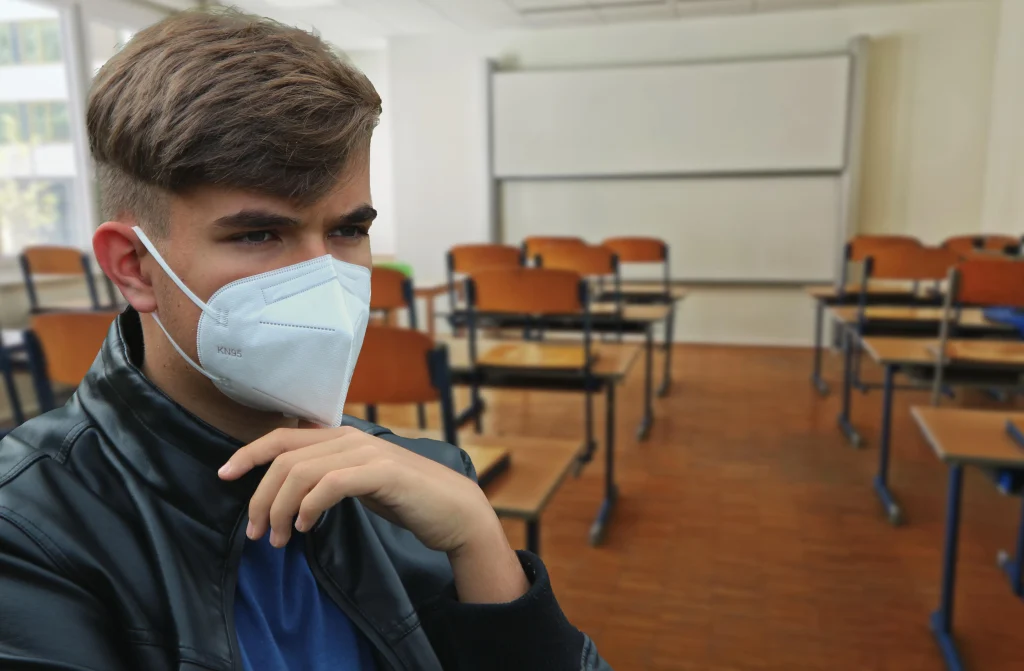IN another attempt to concentrate power, President Donald Trump has signed an executive order to “restore gold standard science” in federal research and policy. It sounds reasonable given the instances of bad or faked science being published, including high-profile papers on Alzheimer’s drug development and one misleadingly claiming that hydroxychloroquine would cure Covid-19. In the last decade, scientists themselves have grown concerned about the large number of studies whose promising results couldn’t be replicated.
However, researchers dedicated to reforming their field say the president’s plan isn’t a solution. It’s a way to give government officials the power to reject evidence they disagree with – without any accountability or transparency.
There is already a long history of US policies that ignored scientific evidence, from allowing toxic lead in petrol to decades of failing to act on the known dangers of asbestos and cigarettes. Science alone can’t decide policy, but the public and lawmakers need reliable scientific data to decide, for example, which pesticides or food additives to ban, or how to regulate genetically modified crops.
Clash of values
Trump’s order cites as a flaw in the system the prolonged school closures during the pandemic. Many US schools stayed closed long after those in most European countries had reopened. However, the US policy decision had little to do with science – shoddy or otherwise. It was more about a clash of values and political polarisation, along with a lack of balanced, evidence-based public discussion.
He also criticises the National Marine Fisheries Service for basing restrictions on Maine’s lobster fishing industry on a worst-case scenario aimed at protecting the endangered right whale. But the public might benefit from knowing such scenarios – unless their likelihood is being exaggerated. Ultimately, the decision comes down to values: Americans might want to act on even a small chance that an industry could drive a species to extinction.
The language in the executive order is nearly identical to that used by scientists already working to improve research standards, including reproducibility, communication about errors and uncertainty, and scepticism about assumptions. In recent years, fields with replication problems have made progress towards those goals by requiring more transparency in reporting data and statistical methods. Peers uncovered fraud in the research of Harvard Professor Francesca Gino, who was fired from her tenured position last month. Journals and scientific societies are requiring more disclosure about potential conflicts of interest, and scientists are using a platform called PubPeer to criticise published work, which can lead to corrections and retractions.
BT in your inbox

Start and end each day with the latest news stories and analyses delivered straight to your inbox.
But the president’s directive isn’t really aimed at improving science. “The executive order converts principles of good practice into weapons against scientific evidence,” said psychologist Brian Nosek, co-founder of the Centre for Open Science. Deciding what’s credible should be a decentralised process, Nosek said, with many people and lines of evidence being presented and different parties challenging each other.
He and other experts in science research reform say that even good studies aren’t perfect. There’s widespread concern the executive order could allow government officials to flag almost anything as not up to their definition of “gold standard”. Sometimes the best we have are observational studies or models. Nutrition is notoriously hard to study with reproducible experiments, but we still have to decide what to put in school lunches. And there is no default precautionary position where you wait for perfect evidence; inaction can kill people, too.
The executive order comes amid drastic federal funding cuts to the National Science Foundation and similar institutions. It’s not surprising that many scientists see the order not as a way to improve scientific standards, but as the latest offensive in a war on science.
The document begins by blasting the Centres for Disease Control and Prevention (CDC) for discouraging in-person learning during the pandemic even though “the best available scientific evidence showed children were unlikely to transmit or suffer serious illness or death from the virus”.
On the surface, this is backed up by reporting from The New York Times, citing data showing prolonged school closures didn’t significantly decrease Covid-19 mortality, and also set many kids back in their education. In his book, An Abundance of Caution, journalist David Zweig makes a case that the relevant scientific data were available in the spring and summer of 2020, and by May many European schools were up and running with no uptick in casualties.
A bottom-up problem
In my own reporting back in summer of 2020, I found the problem was more bottom-up than top-down. The data couldn’t reassure people that there was zero risk, and some worried that any danger of severe infection was unacceptable – for students or teachers. By summer 2020, the CDC had acknowledged the benefits of in-person education, but the American public was struggling to have a rational debate. It was more a matter of moral outrage over our different values than any disagreement over science.
Many factors fed some regrettable policy choices, including social media algorithms that drowned out reasoned fact-based discussion with misinformation and mudslinging. What we didn’t need then was more centralised control of science – and it’s the last thing we need now. BLOOMBERG


